Parker Solar Probe Is Go For Launch
Parker Solar Probe is Go for Launch
Tomorrow, Aug. 11, we’re launching a spacecraft to touch the Sun.

The first chance to launch Parker Solar Probe is 3:33 a.m. EDT on Aug. 11 from Space Launch Complex 37 at Cape Canaveral Air Force Station in Florida. Launch coverage on NASA TV starts at 3 a.m. EDT at nasa.gov/live.
After launch, Parker Solar Probe begins its daring journey to the Sun’s atmosphere, or corona, going closer to the Sun than any spacecraft in history and facing brutal heat and radiation.
Though Parker Solar Probe weighs a mere 1,400 pounds — pretty light for a spacecraft — it’s launching aboard one of the world’s most powerful rockets, a United Launch Alliance Delta IV Heavy with a third stage added.

Even though you might think the Sun’s massive means things would just fall into it, it’s surprisingly difficult to actually go there. Any object leaving Earth starts off traveling at about 67,000 miles per hour, same as Earth — and most of that is in a sideways direction, so you have to shed most of that sideways speed to make it to the Sun. All that means that it takes 55 times more launch energy to go to the Sun than it does to go to Mars. On top of its powerful launch vehicle, Parker Solar Probe will use seven Venus gravity assists to shed sideways speed.
Even though Parker Solar Probe will lose a lot of sideways speed, it’ll still be going incredibly fast as its orbit draws closer to the Sun throughout its seven-year mission. At its fastest, Parker Solar Probe will travel at 430,000 miles per hour — fast enough to get from Philadelphia to Washington, D.C. in one second — setting the record for the fastest spacecraft in history.

But the real challenge was to keep the spacecraft from frying once it got there.
We’ve always wanted to send a mission to the corona, but we literally haven’t had the technology that can protect a spacecraft and its instruments from its scorching heat. Only recent advances have enabled engineers to build a heat shield that will protect the spacecraft on this journey of extremes — a tricky feat that requires withstanding the Sun’s intense radiation on the front and staying cool at the back, so the spacecraft and instruments can work properly.

The 4.5-inches-thick heat shield is built like a sandwich. There’s a thin layer of carbon material like you might find in your golf clubs or tennis rackets, carbon foam, and then another thin piece of carbon-carbon on the back. Even while the Sun-facing side broils at 2,500 degrees Fahrenheit, the back of the shield will remain a balmy 85 degrees — just above room temperature. There are so few particles in this region that it’s a vacuum, so blocking the Sun’s radiation goes a long way towards keeping the spacecraft cool.
Parker Solar Probe is also our first mission to be named after a living individual: Dr. Eugene Parker, famed solar physicist who in 1958 first predicted the existence of the solar wind.

“Solar wind” is what Dr. Parker dubbed the stream of charged particles that flows constantly from the Sun, bathing Earth and our entire solar system in the Sun’s magnetic fields. Parker Solar Probe’s flight right through the corona allows it to observe the birth of the very solar wind that Dr. Parker predicted, right as it speeds up and over the speed of sound.

The corona is where solar material is heated to millions of degrees and where the most extreme eruptions on the Sun occur, like solar flares and coronal mass ejections, which fling particles out to space at incredible speeds near the speed of light. These explosions can also spark space weather storms near Earth that can endanger satellites and astronauts, disrupt radio communications and, at their most severe, trigger power outages.

Thanks to Parker Solar Probe’s landmark mission, solar scientists will be able to see the objects of their study up close and personal for the very first time.
Up until now, all of our studies of the corona have been remote — that is, taken from a distance, rather than at the mysterious region itself. Scientists have been very creative to glean as much as possible from their remote data, but there’s nothing like actually sending a probe to the corona to see what’s going on.

And scientists aren’t the only ones along for the adventure — Parker Solar Probe holds a microchip carrying the names of more than 1.1 million people who signed up to send their name to the Sun. This summer, these names and 1,400 pounds of science equipment begin their journey to the center of our solar system.
Three months later in November 2018, Parker Solar Probe makes its first close approach to the Sun, and in December, it will send back the data. The corona is one of the last places in the solar system where no spacecraft has visited before; each observation Parker Solar Probe makes is a potential discovery.
Stay tuned — Parker Solar Probe is about to take flight.
Keep up with the latest on the mission at nasa.gov/solarprobe or follow us on Twitter and Facebook.
Make sure to follow us on Tumblr for your regular dose of space: http://nasa.tumblr.com.
More Posts from Alexschi and Others





It’s a Wonderful Life (1946) dir. Frank Capra

Sunday Dalí: The Phenomenon of Ecstasy, 1933. Collage.
From Ego Is A Rat On A Sinking Ship:
The woman sought by the Surrealist, then, was not conceived of as one who would avoid exploitation at all. It was just that Surrealism offered what it thought was an alternative exploitation to that of bourgeois society. One expression of this alternative can be seen in Salvador Dalí’s Phénomène de l’extase, a collage showing various enraptured female faces, many of which were taken from Charcot’s photographs. The image originally followed a text by Dalí on the apparently irrational component of art nouveau architecture, parts of which alluded to sculptural details of girls and angels in rhapsodic abandon on the buildings of Antoni Gaudí. “Continuous erotic ecstasy,” wrote the artist, leads to “contractions and attitudes without precedent in the history of statuary.” He continued in a subsection also entitled “Phénomène de l’extase” that “the repugnant can be transformed into the beautiful” through such ecstasy.1 The transformation of the perception of art, architecture, and most other forms of modern life was thus dependent upon the continuous excitation of ecstasy. The sexual abandon of the female hysterics in the collage was one way of accommodating such a desire.2
Salvador Dalí, “De la beauté terrifiante et comestible de l’architecture Modern’ style,” Minotaure 3-4 (12 December 1933), 69-76. ↩
Robert James Belton, The Beribboned Bomb: The Image of Woman in Male Surrealist Art, 249. ↩










LM Guest House Desai Chia Architecture
Located on a rolling farm property in upstate New York, the LM Guest House celebrates the beauty of the surrounding landscape– sweeping views through an all-glass facade magnify the spacious, open feel of the living areas.The home employs several sustainable design strategies including geothermal heating and cooling, radiant floors, motorized solar shading, photovoltaic panels, and rainwater harvesting.
The open living and sleeping areas flow around a compact slatted wood core that disguises the mechanical, storage, and bathing spaces. Two sleeping couchettes with built-in bunk beds provide efficient accommodations for additional weekend guests. Natural white oak wood detailing provides warmth and texture throughout the home. The high-performance glass facade was prefabricated off site, shipped in one container, and erected in two days. An innovative steel frame structure allows the roof to cantilever dramatically over the open living areas and bedroom.
Images and text via Desai Chia Architecture

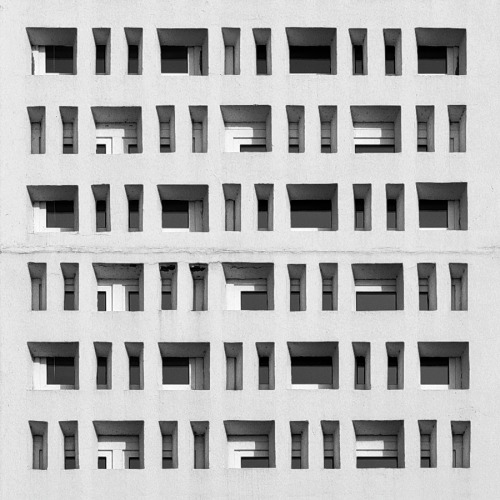
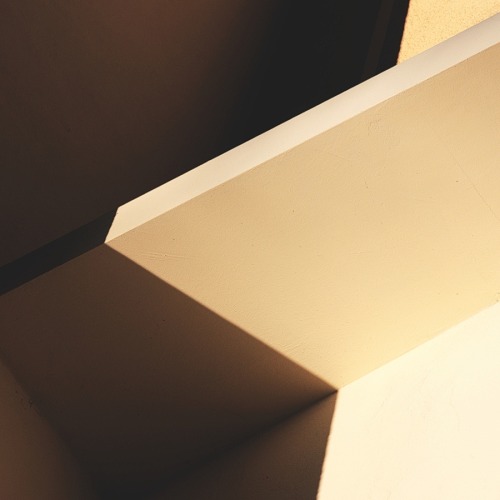
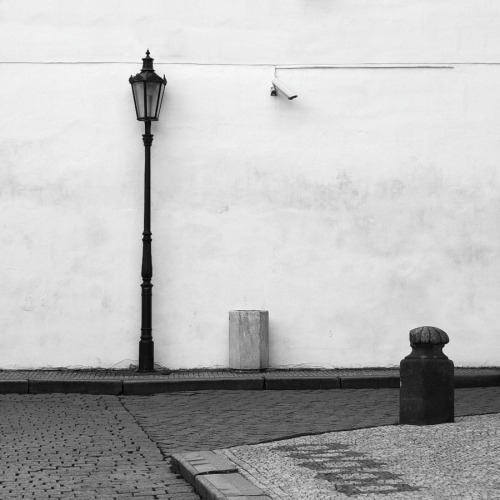
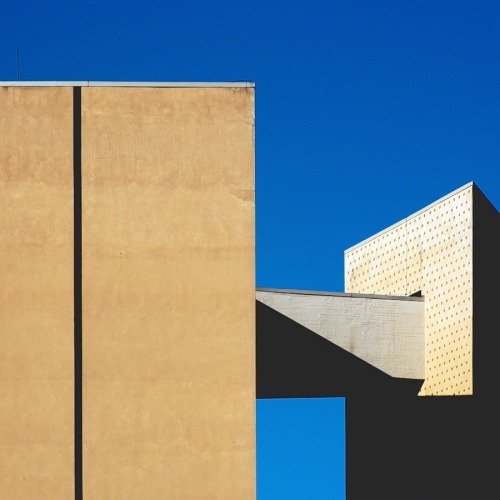

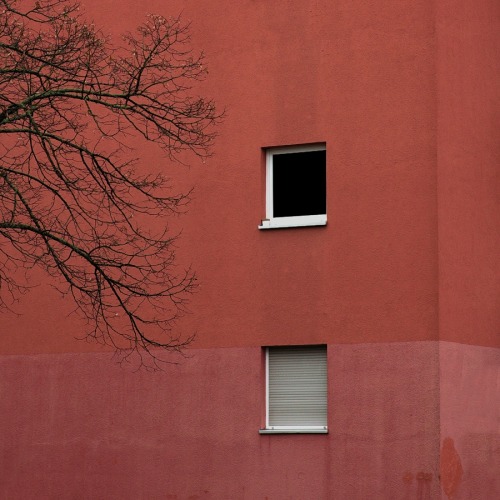

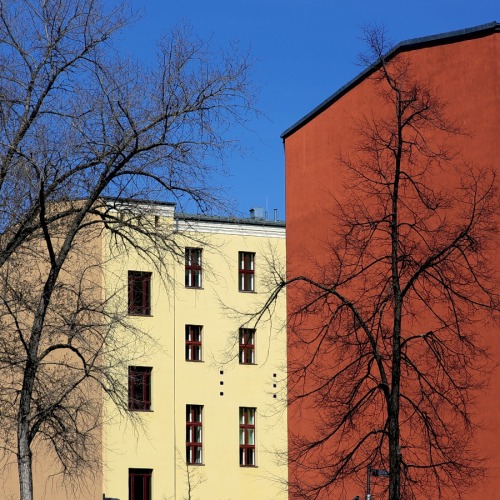

A Visual Voyage (Part 3) A Visual Voyage (Part 3)
From the artist:
The third part of my journey through shapes and colors.The photographs were made in the cities ofBerlin, Essen, Potsdam,Oslo, and Prague.
Images and text via

#nextarch by @hannespeer #next_top_architects The hermitage of San Colombano near Rovereto (Italy) is built halfway up a sheer cliff face on a height of approximately 120 metres. The hermitage is reached by climbing up a short path and a stairway of 102 steps carved into the rock.










Architects for Animals: Giving Shelter
In an effort to raise money for FixNation, a non-profit charity that aims to reduce the homeless cat population in Los Angeles by spaying and neutering them, 12 architects and designers have created fun cat shelters for their recently held Architects for Animals: Giving Shelter benefit.
Images and text via + via










Big City Lights by Ivo van de Grift




Michael Wolgemut, Views of Constantinople, Nuremberg Chronicle, c. 1493.
-
 ex-libris-thechesterfield reblogged this · 4 months ago
ex-libris-thechesterfield reblogged this · 4 months ago -
 annaclgil liked this · 6 months ago
annaclgil liked this · 6 months ago -
 majestichris reblogged this · 10 months ago
majestichris reblogged this · 10 months ago -
 majestichris liked this · 10 months ago
majestichris liked this · 10 months ago -
 forthesexycuriousopenmind liked this · 1 year ago
forthesexycuriousopenmind liked this · 1 year ago -
 charcphoxorypant liked this · 1 year ago
charcphoxorypant liked this · 1 year ago -
 pabotgelink liked this · 1 year ago
pabotgelink liked this · 1 year ago -
 oihvgci liked this · 1 year ago
oihvgci liked this · 1 year ago -
 nancy-mature335596-blog liked this · 3 years ago
nancy-mature335596-blog liked this · 3 years ago